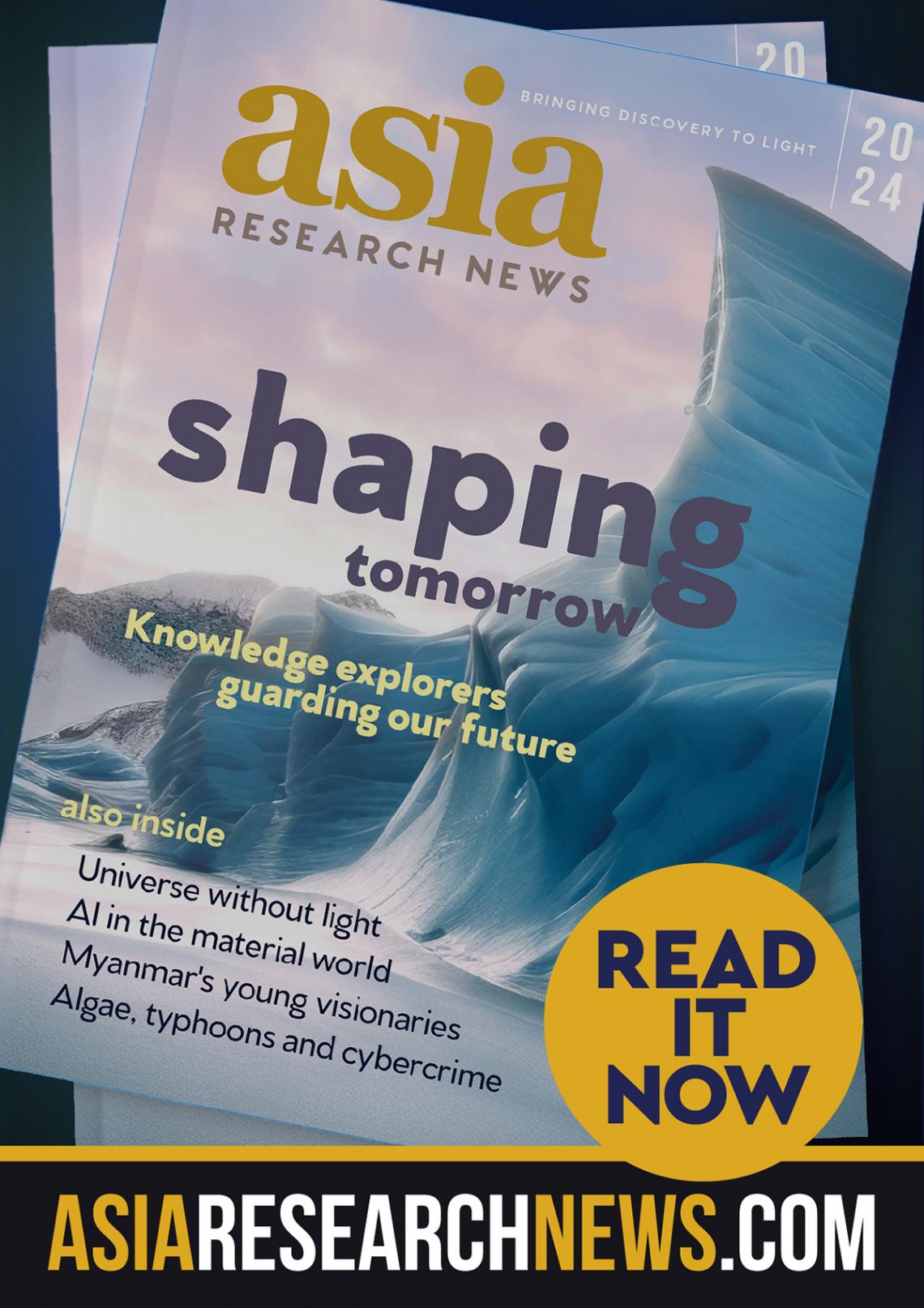This story is featured in the Asia Research News 2024 magazine. If you would like to receive regular research news, join our growing community.
Get the news in your inbox
New forms of the light-emitting materials called phosphors, with enhanced versatility relative to existing options, are being developed by researchers at the National Institute for Materials Science (NIMS) in Japan, with colleagues at Tokyo University of Science and Hokkaido University. The work is published in the journal Science and Technology of Advanced Materials.
Phosphors absorb the energy of electromagnetic radiation, including visible light and X-rays, and then release it in colours that depend on their properties. They are used in many applications, including light-emitting diodes (LEDs), display screens, scintillators that detect radiation such as X-ray, and opto-electronic devices.
“We need to find phosphors with readily tuned emissions to exploit them in an ever-widening field of applications,” says Takayuki Nakanishi of the NIMS team. “In this work we have developed a new
type of polymer crystals with very narrow linewidth emission bands suited for making the next generation of micro-LEDs.” These specialised LEDs are expected to be used in many emerging industrial applications.
The work is based on luminescent lanthanide polymer crystals built from components that contain a central europium atom (a lanthanide element) complexed with surrounding organic chemical groups. The formation and aggregation of the crystals can be controlled to adjust the optical properties of the product to suit the intended use. Nano-spheres of the polymer were found to offer the highest optical efficiency.
“The most innovative aspect of our research is that it reveals that polymer crystals connected by what are called coordination bonds can be used as a wide range of functional and heat-stable phosphors from nano-sized to macro-sized,” says Nakanishi.
The next challenge for the team is to extend the range of wavelengths that can be used to excite the materials. The current phosphors are stimulated by ultraviolet radiation. But to extend their utility to many more applications, the team hopes to move to other wavelengths, especially longer and therefore lower-energy ones.
In addition to their advantages of high light emission efficiency and thermal stability, the new phosphors are also very easy to crystallise and are readily dispersible in solvents. These latter two properties make them well-suited for the large-scale manufacturing that will be required to fully realise their potential.
“We expect nanoscale polymer spheres using coordination polymers such as ours will become a new and versatile fluorescent material on a par with the currently better known quantum dots,” Nakanishi concludes.
Further information
Dr Takayuki Nakanishi
[email protected]
National Institute for Materials Science
Dr Yasufumi Nakamichi
[email protected]
Science and Technology of Advanced Materials (STAM)
We welcome you to reproduce articles in Asia Research News 2024 provided appropriate credit is given to Asia Research News and the research institutions featured.




